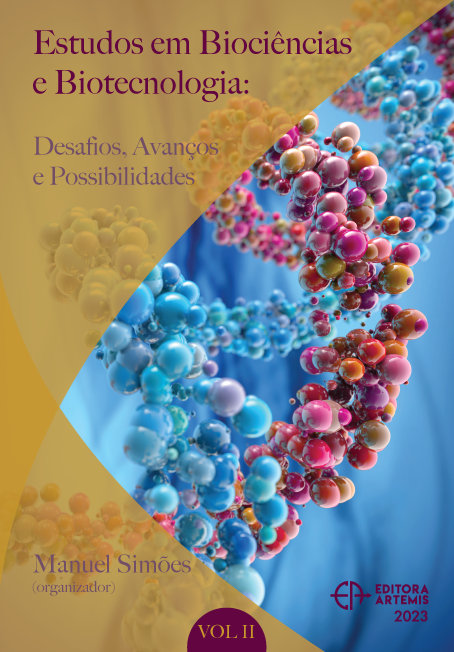
ANÁLISIS BIOECONÓMICO DEL CULTIVO INTENSIVO FOTO-HETEROTRÓFICO DE CAMARÓN BLANCO (Litopenaeus vannamei) EN ALTA SALINIDAD CON REPOSICIÓN MINIMA DE AGUA, PARA EL CICLO VERANO-OTOÑO
Se desarrolló un análisis bioeconómico para inferir la producción y rendimiento económico del camarón blanco (Litopenaeus vannamei) en un sistema intensivo foto-heterotrófico en alta salinidad con reposición mínima de agua para el ciclo verano-otoño. La salinidad fue mantenida en 46 (±2.5) g/L, oxígeno disuelto a 4.4 (±0.4) mg/L, pH a 7.8 (±0.2) y temperatura a 31.6 (±0.7) °C. El modelo bioeconómico mostró un peso individual final (wf) fue de 18.14 g, sobrevivencia de 81.4% y una biomasa final de 17.73 Ton/ha, valores muy cercanos a los registrados en la biometría final (18.6 g para el peso, 81.2% para la sobrevivencia y 18.1 Ton/ha para la biomasa), con una utilidad neta de $693,730 MXN/Ha en 92 días de cultivo. El análisis de sensibilidad mostró que el precio de camarón fue el factor que más influenció la utilidad neta, seguido del peso final, concentración de oxígeno disuelto y temperatura. El cultivo intensivo foto-heterotrófico en alta salinidad es una innovadora tecnología que permite obtener elevados rendimientos de producción de camarón de manera biosegura. Los resultados económicos indican un alto potencial de aplicación y la conveniencia de continuar la investigación para su escalamiento.
ANÁLISIS BIOECONÓMICO DEL CULTIVO INTENSIVO FOTO-HETEROTRÓFICO DE CAMARÓN BLANCO (Litopenaeus vannamei) EN ALTA SALINIDAD CON REPOSICIÓN MINIMA DE AGUA, PARA EL CICLO VERANO-OTOÑO
-
DOI: 10.37572/EdArt_3105238358
-
Palavras-chave: Cultivo intensivo bioseguro, foto-heterotrófico, camarón blanco.
-
Keywords: Intensive biosecure cultivation, photo-heterotrophic, white leg shrimp.
-
Abstract:
A bioeconomic analysis was developed to infer the production and economic performance of white shrimp (Litopenaeus vannamei) reared in a photo-heterotrophic, hypersaline intensive system with minimal water replacement for the summer-autumn production cycle. Salinity was maintained at 46 (± 2.5 g / L), dissolved oxygen at 4.4 (± 0.4 mg / L), PH at 7.8 (± 0.2) and temperature at 31.6 (± 0.7 ° C). The bioeconomic model showed that final individual weight (wf) was 18.14 g, survival was 81.4% and final biomass of 17.73 Ton / ha. These values very close to those registered at harvest (18.6 g for the final weight, 81.2% for survival and 18.1 Ton / ha for final biomass). Net profit was $ 693,730 MXN / ha after 92 days of rearing. The sensitivity analysis showed that the price of shrimp was the factor that most influenced the net profit, followed by the final weight, dissolved oxygen concentration and temperature. The intensive photo-heterotrophic system is an innovative technology that allows to obtain high yields of shrimp production in a biosecure way. The economic results indicate a high potential for application and the convenience of continuing the investigation for its scaling up.
-
Número de páginas: 11
- Luis Daniel Moreno-Figueroa
- Humberto Villarreal-Colmenares
- Alfredo Hernández-Llamas
- José Naranjo-Páramo
- Mayra Vargas-Mendieta

